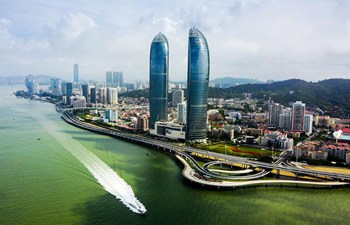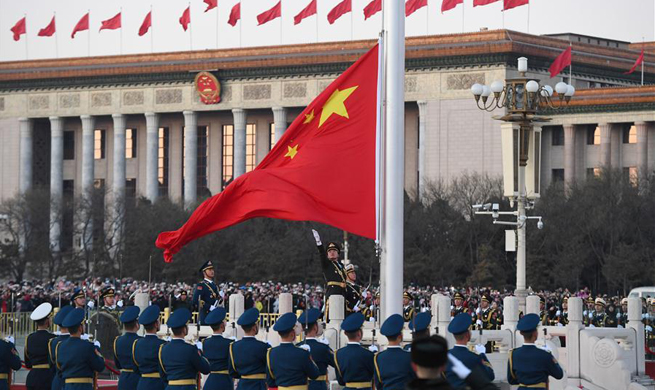BEIJING, Jan. 1 (Xinhua) -- China started collecting an environment tax on Monday to better protect the environment and cut pollutant discharge, as the country's Environmental Protection Tax Law took effect on Jan. 1, 2018.
The introduction of the tax called an end to the "pollutant discharge fee" which China had been collecting for nearly 40 years.
This is China's first tax clearly designed for environmental protection, which will help establish a "green" financial and taxation system and promote pollution control and treatment of pollutants, said Wang Jinnan, head of the Chinese Academy For Environmental Planning under the Ministry of Environmental Protection.
China had collected a "pollutant discharge fee" since 1979. However, some local governments exploited loopholes and exempted enterprises that were otherwise big contributors to fiscal revenue. For years, regulators had suggested replacing the fee system with a law.
Under the Environmental Protection Tax Law, which targets enterprises and public institutions that discharge listed pollutants directly into the environment, companies will pay taxes for producing noise, air and water pollutants as well as solid waste.
On tax rates, the central authorities will set upper limits and allow local governments to determine the rates on their own.
Individuals do not need to pay the tax as it is applicable only to enterprises, public institutions and other business operators.
The central government will allot revenue from the environmental protection tax to local governments to motivate participation in the fight against pollution.
Up to 50 billion yuan (about 7.68 billion U.S. dollars) could be collected annually from the new tax, according to estimates from analysts.
Tackling pollution has been listed as one of the "three tough battles" that China aims to win in the next three years, according to the Central Economic Work Conference in December.
From January to November, China investigated over 35,600 violations of environmental protection laws and regulations, up more than 102 percent year on year.

















